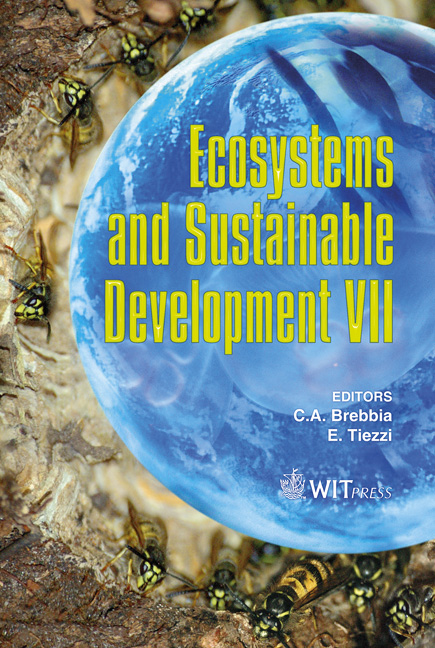Developing A Sustainable Forest Biomass Industry: Case Of The US Northeast
Price
Free (open access)
Transaction
Volume
122
Pages
11
Page Range
141 - 151
Published
2009
Size
485 kb
Paper DOI
10.2495/ECO090141
Copyright
WIT Press
Author(s)
D. Damery, J. Benjamin, M. Kelty & R. J. Lilieholm
Abstract
Heightened interest in renewable energy has produced a spate of new research into the feasibility of forest biomass as a feedstock. The US Northeast is one of the few regions worldwide that supports both a large forest resource and a relatively high population density and hence energy demand. This paper outlines economic, ecological, and social considerations that must be addressed in order to achieve a sustainable forest biomass industry. Issues include sustaining the forest resource, understanding forest landowner attitudes, ensuring adequate harvesting capacity and related forest industry infrastructure, devising recommended harvest practices, demand analysis, and the development of a range of technologies that will be vying for the forest biomass resource. Recent studies focusing on sustainable supply issues include consideration of species growth and harvesting rates, as well as development of best practices to insure long-term site productivity and stream water quality. The capacity of the existing forest industry must expand with the additional demand for increased production of forest biomass. Public policy, landowner attitudes, and consideration of other social values will all play important roles in how the forest biomass industry develops. Though the research, data, and examples presented focus on the US Northeast, many of these issues have broad application to other regions of the world given appropriate consideration for local differences. Keywords: forest biomass, sustainable, renewable energy, supply, harvest, forest landowners, social attitudes, human dimensions, forest policy.
Keywords
forest biomass, sustainable, renewable energy, supply, harvest, forest landowners, social attitudes, human dimensions, forest policy





